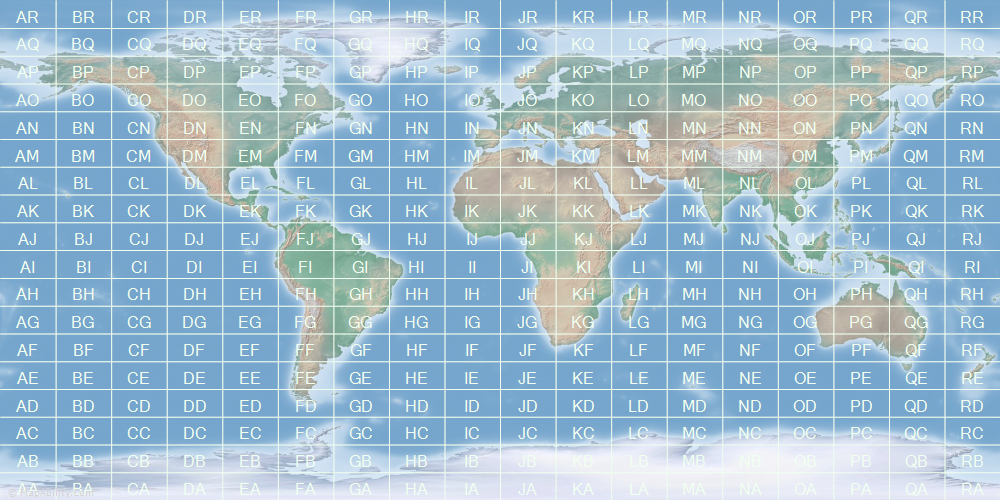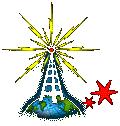
<< radio home
<< index
by disinfoniacs #69 & #1
>>>>
The fun doesn't stop on Earth. Let us launch into the world of satellite and space communications, for the WSJT-X software suite offers a plethora of radio activities such as meteor scatter, weak-signal propagation beacons, and the revered Earth-Moon-Earth radio, also known as moonbounce.
An amateur satellite is, in essence, a Low Earth Orbit (LEO) device that contains a small radio repeater. SSB, FM, and CW/data are among the most widely used modes by amateur satellites. The LEO acronym indicates that the satellite is orbiting Earth at low altitude.
If you're keen to communicate with a satellite, it's essential to know the frequency and modes it employs. Particularly important is the satellite beacon - the downlink transmission that contains health and status information of the satellite. When operating in U/V mode, the uplink is in the 70-centimeter band, and the downlink is in the 2-meter band. Practicing appropriate power management is also crucial, as utilizing excessive effective radiated power on a satellite uplink could potentially impede access for other users. A useful way to gauge the appropriate uplink power is to ensure that the signal strength on the downlink is similar to the beacon.
There are two phenomena to consider when making a satellite connection: satellite rotation and Doppler shift. Doppler shift is an observable frequency change caused by relative motion between the satellite and the earth station, while satellite rotation and its antennas cause spin fading of satellite signals.
Satellite tracking programs aid hams in making connections with amateur satellites and the ISS by providing information such as real-time maps of the satellite track over Earth, the start, maximum altitude, and end time, azimuth, and elevation of a pass, as well as the apparent frequency of the satellite transmission, including the effects of Doppler shift. Keplerian element, which are seven numbers used to define a satellite's orbit, serve as inputs to a satellite tracking program.
Radio offers such a huge variety of activities to learn about and tackle. One such challenge is radio sport, also known as contesting, where the aim is to contact as many other stations as possible within a set time period. Whether it's reaching out to all counties in your state or talking to as many countries as possible in a weekend, contesting pushes the limits of communication. When making contact with another station during a contest, a good practice is to send only the essential information required for proper identification and contest exchange. It's not the time to engage in idle chatter.

Grid locators, a letter-number designator assigned to a geographical location, can be vital in contacting stations from different geographic areas during a contest. VHF and UHF contests often focus on grid locators. A map of all grids worldwide can assist in visualizing grid locations to facilitate communication.
Another captivating challenge is the fox hunt, a game of radio direction finding where teams of hams search for a hidden transmitter. This activity provides excellent practice for detecting sources of noise interference or jamming, which can be a malicious act. A directional antenna is useful for a hidden transmitter hunt, and we'll delve into the details of directional antennas in the next lesson.
Take study test for T8 on hamstudy.org until you consistently score at least 85%.
<< previous lesson | next lesson >>
---
<< radio home
<< index
